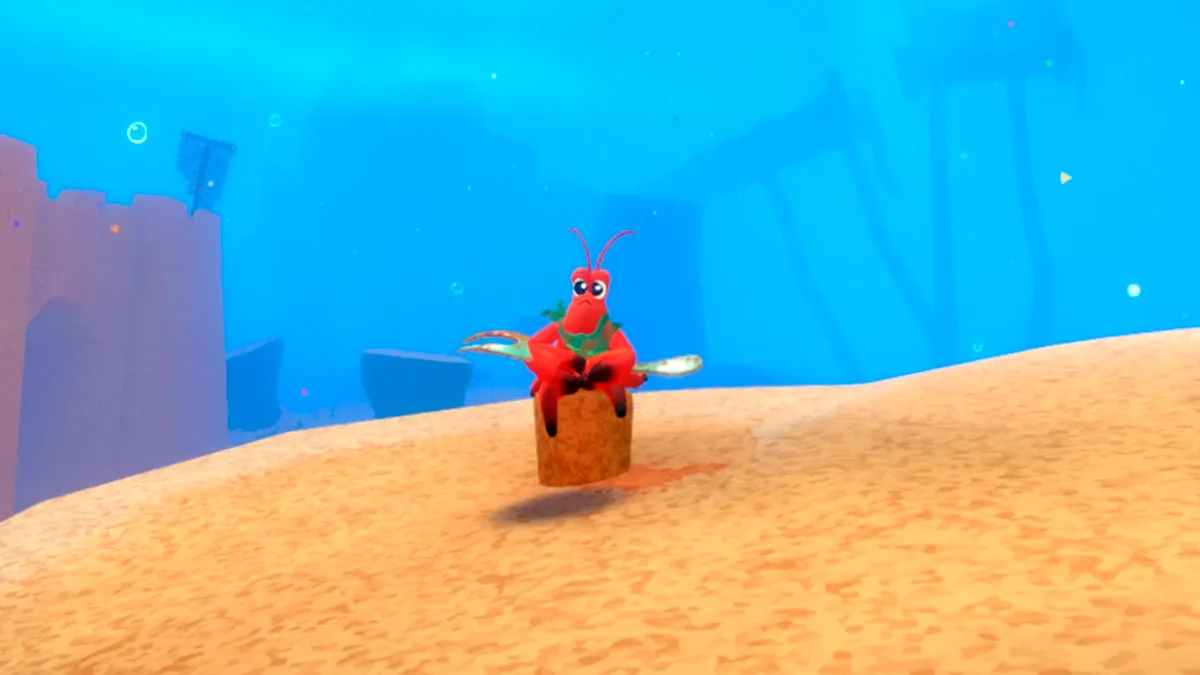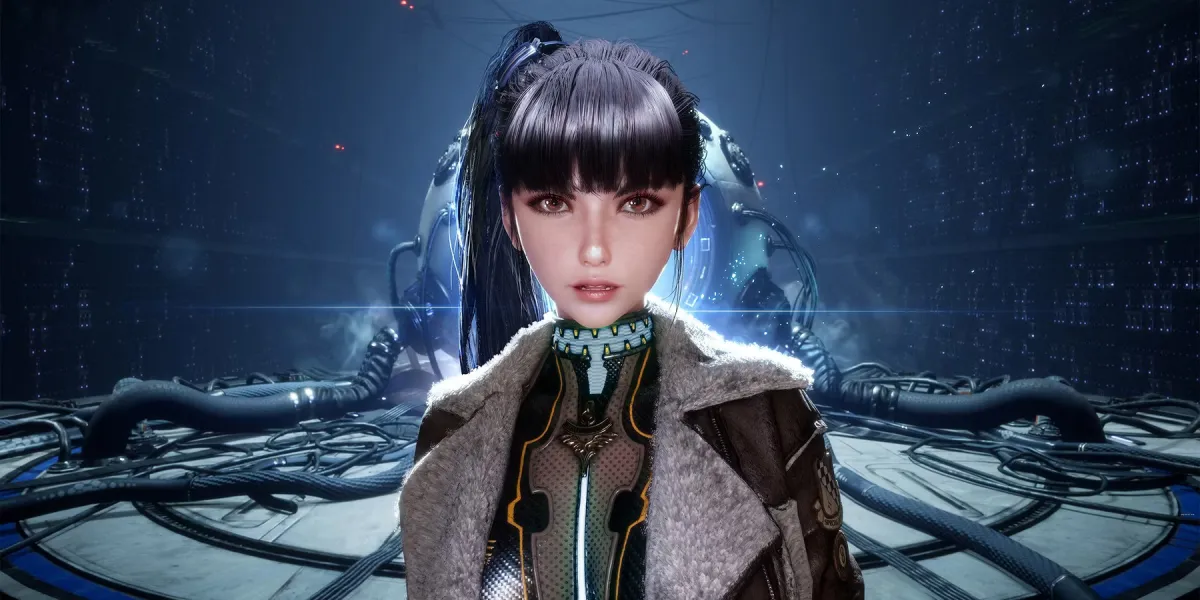Developed by Firaxis Games. Published by 2K Games. Releases on Feb. 5, 2016. Available on PC. Review code provided by publisher.
Life on planet Earth ain’t what it used to be.
Twenty years after the events of XCOM: Enemy Unknown, genetically-modified soldiers police the streets, shape-shifting flesh creatures pose as your friends and neighbors, and nearly every world leader who once supported you has shaken hands with the enemy and succumbed to an alien-controlled world order. Heck, even Central’s had to upgrade his pleated green pullover into some kind of combat-enhanced tactical sweater vest. Grim times, indeed.
This dark and dire world-on-its-knees approach is a perfect propeller for XCOM 2‘s thin yet efficient narrative which, much like its predecessor, serves the excellent gameplay instead of the other way around. The majority of missions are still some variant of “destroy/protect/escort/save the gizmo/widget/VIP/civilians”. Yet unlike the loosely justified side quests of many RPGs, these encounters are so fun to play that the story rationalizations could be as thin as tin foil and still support the overall experience.

Your fresh command over the world’s budding anti-alien resistance works mostly the same as it did in XCOM. The aliens are preparing something sinister, and you’ve got to effectively divide your time between the macro (base building, resource management, and political juggling) and the micro (personal oversight over every single bullet discharged on the field) if humanity will have a chance of survival. Both methodologies play against each other with a near perfect fluidity, offering a constant and relieving shakeup in gameplay whenever you need one.
It seems during their few decades in charge, the aliens have become pretty good at sniffing out gigantic underground facilities dedicated to wiping them out. In response, XCOM forces have gone mobile, taking to the skies in a rogue UFO retrofitted as a mobile base. While the whole “flying spaceship base” thing is an admittedly neat idea, it’s largely aesthetic in practice. Zipping across the world map while you oversee the war effort is mechanically the same as sending Enemy Unknown‘s skyrangers to different territories. There are a few exceptions – such as some light tactical evasion to avoid enemy UFOs – but for the most part a lot of the fun lives solely in concept.
Having a mobile base does, however, give XCOM 2 a narrative excuse for improvements to game progression. Passing time is still a crucial component of your in-game actions – researching scientific advances, healing soldiers, and finding new missions isn’t instantaneous. But instead of just clicking an all-encompassing “wait” button and seeing what happens, the effect of passing time is tied to your ship’s location. Wait around in New India, and you’ll dig up some much needed supplies. Kick it in the Arctic, and you’ll unearth a new black market. Or, if you’ve got the communications bandwidth for it, you can hang out next to Australia and make contact with the local resistance.
As fun as just scooting around the globe and making tough decisions can be, effective command is more complicated. You’ll have access to multiple “currencies”, from supplies to intel, that must be managed simultaneously. Various items, alien corpses, and modifications fuel the game’s crafting and trading systems. There’s a communications value that governs your ability to reach untapped areas, and a power value that governs how many rooms can be run on your ship. Recruiting scientists helps your research speed, while engineers must be meticulously assigned and reassigned to open staff positions as your operation evolves. If it sounds complicated, that’s because it is – and there are more than a few additional variables this paragraph has neglected. But however many times you scratch your head trying to remember how to find the currency-of-the-moment you’re dangerously low on, the raw mass of variables is a design gamble that pays off.
It’s almost a miracle these overlapping systems work as well and feel as strong as they do. The design team clearly took as much time fine-tuning the player’s managerial responsibilities as it did combat skills and character progression. The result is a level of complexity that’s robust but can be reasonably controlled, like a dumbbell you can juuust lift overhead, knowing you’d fall over backward if someone added so much as a pound to the bar.
This intricate balance brings a welcome layer of difficulty, but also promotes player agency in a way that’s genuine and refreshing. It’s become a sort of slogan du jour in gaming to claim a player’s decisions “radically affect the world around them” but XCOM 2 earnestly succeeds where others fail in tying choices to legitimate change. Whether deciding which region to help (and by extension, which region to let get trounced by anthropomorphic space snakes) or which impending so-called “dark event” to foil, each choice follows the same devious three-step pattern: Which reward is better? Which consequence is worse? And which of those should I prioritize over the other?
[amazonwidget]The battlefield itself remains familiar to XCOM vets for better or for worse. You and your enemy take turns moving a squad of soldiers through an isometric grid, balancing offensive and defensive abilities against the odds of success and failure. The new design favors iterative improvement over system revamp – a smart decision, even if maintaining its predecessor’s core design didn’t leave much room for significant advancement.
XCOM 2 brings five classes into the fray, each an evolution of Enemy Unknown‘s. You’ve got Grenadier (Heavy), Specialist (Assault), Sharpshooter (Sniper), Ranger (Support), and Psi Operative, which is now a stand-alone class as opposed to a class extension. Skirmishes and encounters have a few new twists, but little that feels substantial beyond an initial “ooh, shiny!” appeal. Take the new hacking system. Certain objects can sometimes be hacked to complete objectives, stun enemies, or even temporarily control certain enemy units. There’s no real minigame for it, just the small choice of which reward you’re gunning for and what consequences you’re willing to risk in the attempt. While packaged a fun new interface, the process ultimately feels anemic, as if its main purpose is simply to mix things up a bit between the shooting bits. And that’s fine.

The development team did a lot of work to fix and improve procedural generation for the maps your team will visit (and subsequently destroy) on these missions. Out with random smatterings of cover, and in with a smarter design that makes sure you’ve got tactical placement options where and when you need them. The effect certainly makes locations feel more natural-gone are the days of full-cover pylons at the edge of a forest-but don’t expect a fundamental shift how you interact with the environment.
Combat itself is still tactical and rewarding, somehow producing hours upon hours of genuine fun through an assembly line of similar encounters. You’ll position your troops, weigh the risks of moving or shooting, knock out the baddies, and go home to bask in the advancement of your surviving soldiers. The dead (and the hours that went into training them) will be mourned, but quickly replaced with fresh recruits ready to take up the mantle and drop back into battle. The cycle is as great as it ever was, but the design team’s smart adherence to form seems to have brought along more than a few unwanted stragglers from the olden days.
As inconceivable as it may seem, the camera is still as ornery, unpredictable, and buggy as ever. It still decides whom to follow and how to follow them, often regardless of what’s actually happening on the battlefield. During most missions, I experienced multiple occasions in which the camera would take a breather in the middle of combat, choosing a single soldier to sit on while the outcomes of enemy actions were decided off screen. In a few extreme cases, the camera never got up again, asking me to decide between a seemingly perpetual inspection of my squad leader’s hairdo and loading an old save to keep playing.
Aside from camera hijinks, the game suffers from a few oversights that can mar an otherwise smooth and engaging experience. For instance, certain story missions require a player to either fail or pass all objectives before triggering an official end. If you’re losing, it’s a massive frustration to know that no matter how you play for the next twenty minutes, you’re eventually going to fail the match and be forced to restart. In similar games, this is where you’d restart a mission manually, but as XCOM 2 doesn’t provide the option, nothing other than a protracted loss (or strategic pre-encounter save) will allow you to continue.

The game will also sometimes lag after gunshots, explosions, or actions, leaving a soldier’s interface open for about three to five seconds when the game has moved on to an off-camera unit. That may not sound like much, but it’s enough time for you to click a command for the wrong soldier. Best-case scenario, nothing happens, and you realize your mistake. Worst-case scenario, you waste a turn triggering an action meant for the next soldier in rotation. Weirdest-case scenario, you trigger a second action from the same soldier that you didn’t have remaining action points for. Pulling off two sniper shots in one turn is great for killing sectoids, but not so great for feeling like you’ve earned it.
Those squabbles aside, XCOM 2 is a fantastic accomplishment, and series fans will be happy to hear it’s better than Enemy Unknown in pretty much every conceivable way. The few frustrations that do exist are primarily technical, and while the camera’s unlikely to see a reboot anytime soon, the rest could probably be fixed with patches in the future. Furthermore, as you don’t need to have played XCOM to enjoy XCOM 2, so there’s little to no barrier to entry for new players beyond its narrow PC-exclusive release. (Sorry Xbox, PlayStation, and iPhone!). All in all, XCOM 2 is a great choice for both long-time fans and tactical action enthusiasts looking to jump into the series for the first time.
Bottom Line: XCOM 2 improves on its predecessor in almost every way, and proudly stands as one of the most deeply satisfying action-strategy games currently available.
Recommendation: Whether you’re new to the series or clamoring to dive back in, XCOM 2 is a complex and challenging game worthy of a day-one purchase.
[rating=4.5] [amazonwidget]


